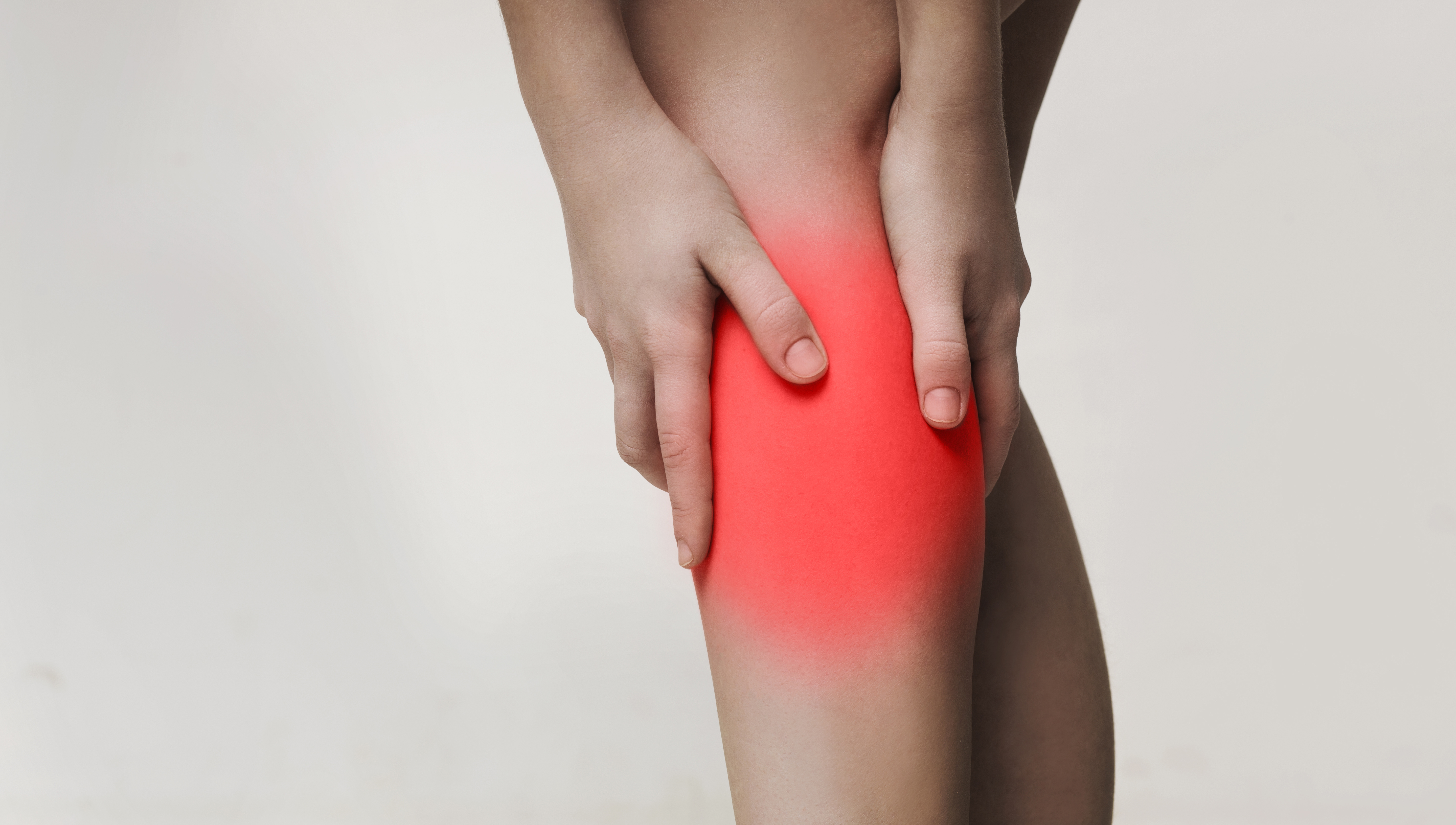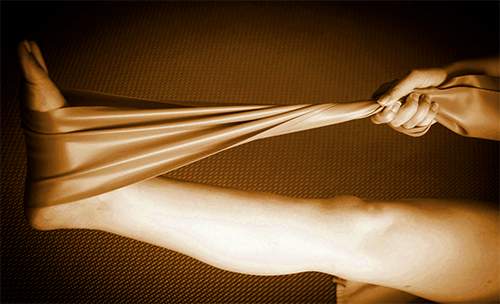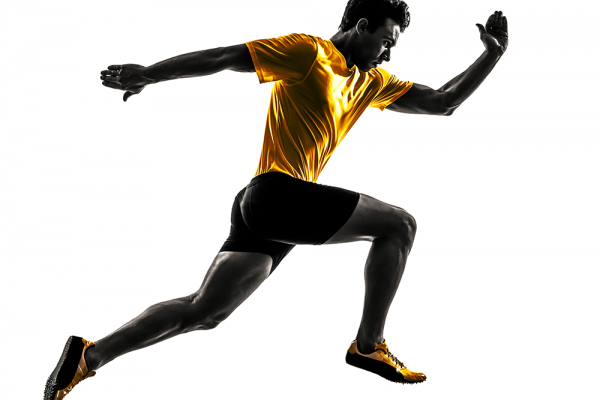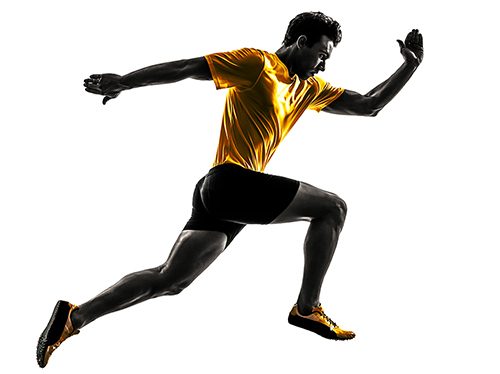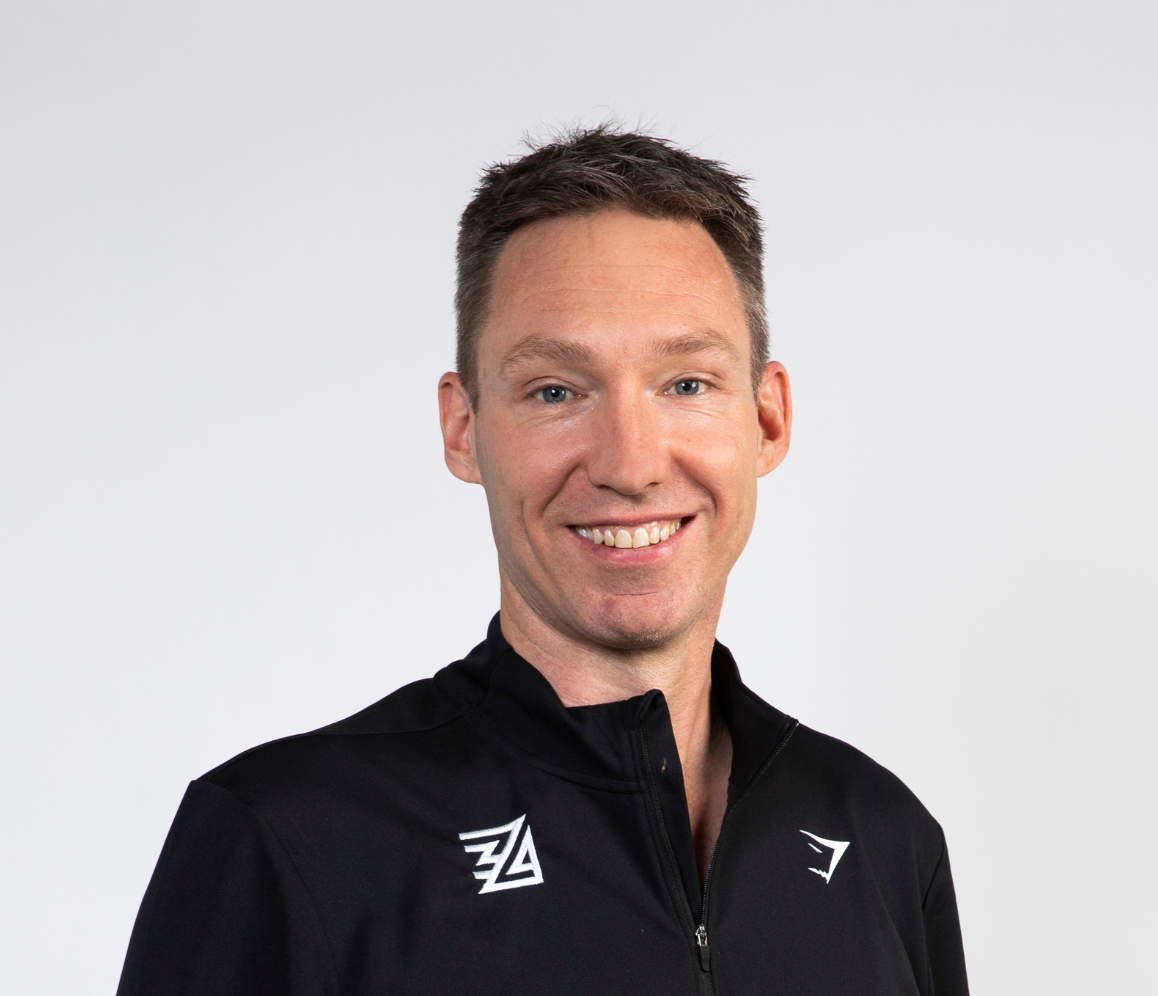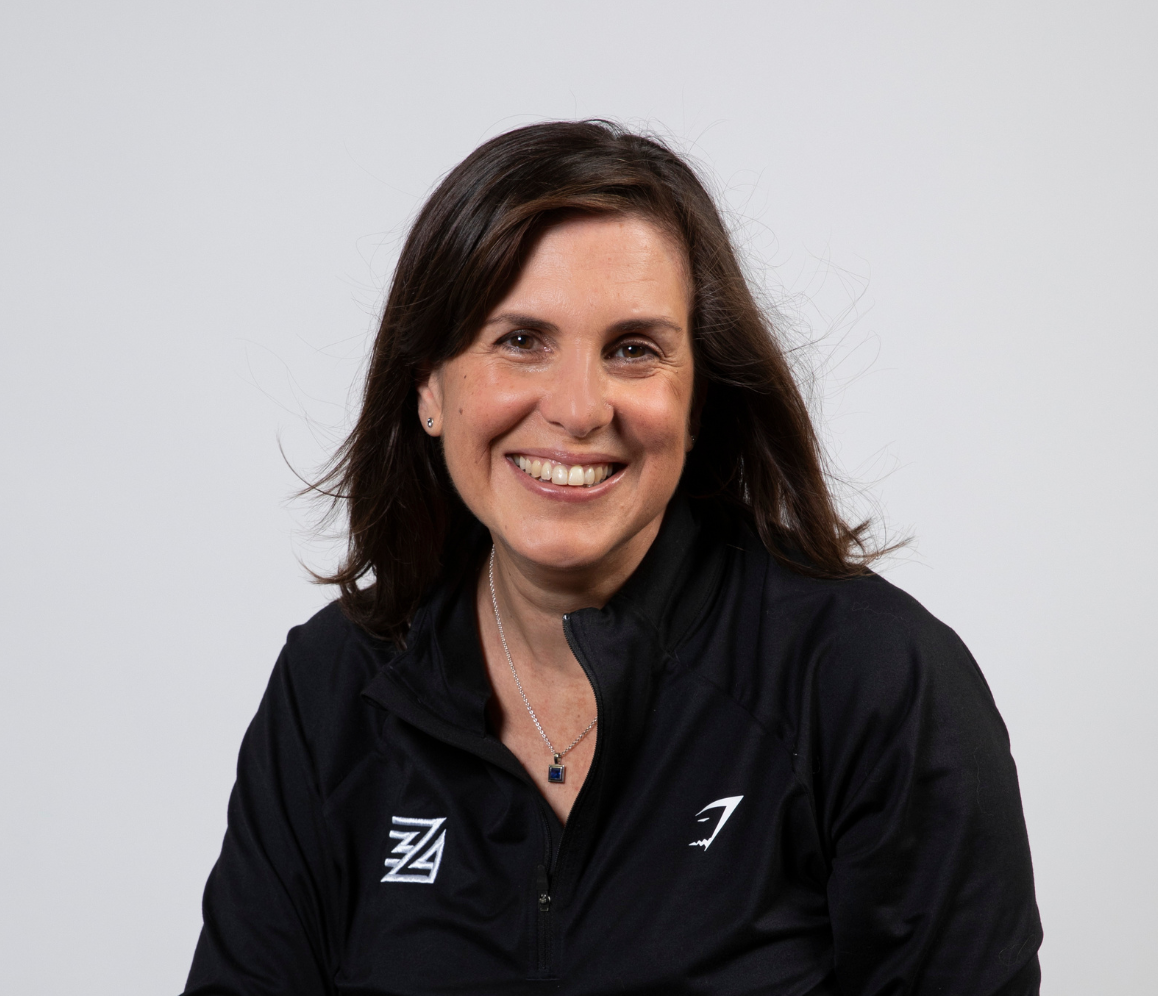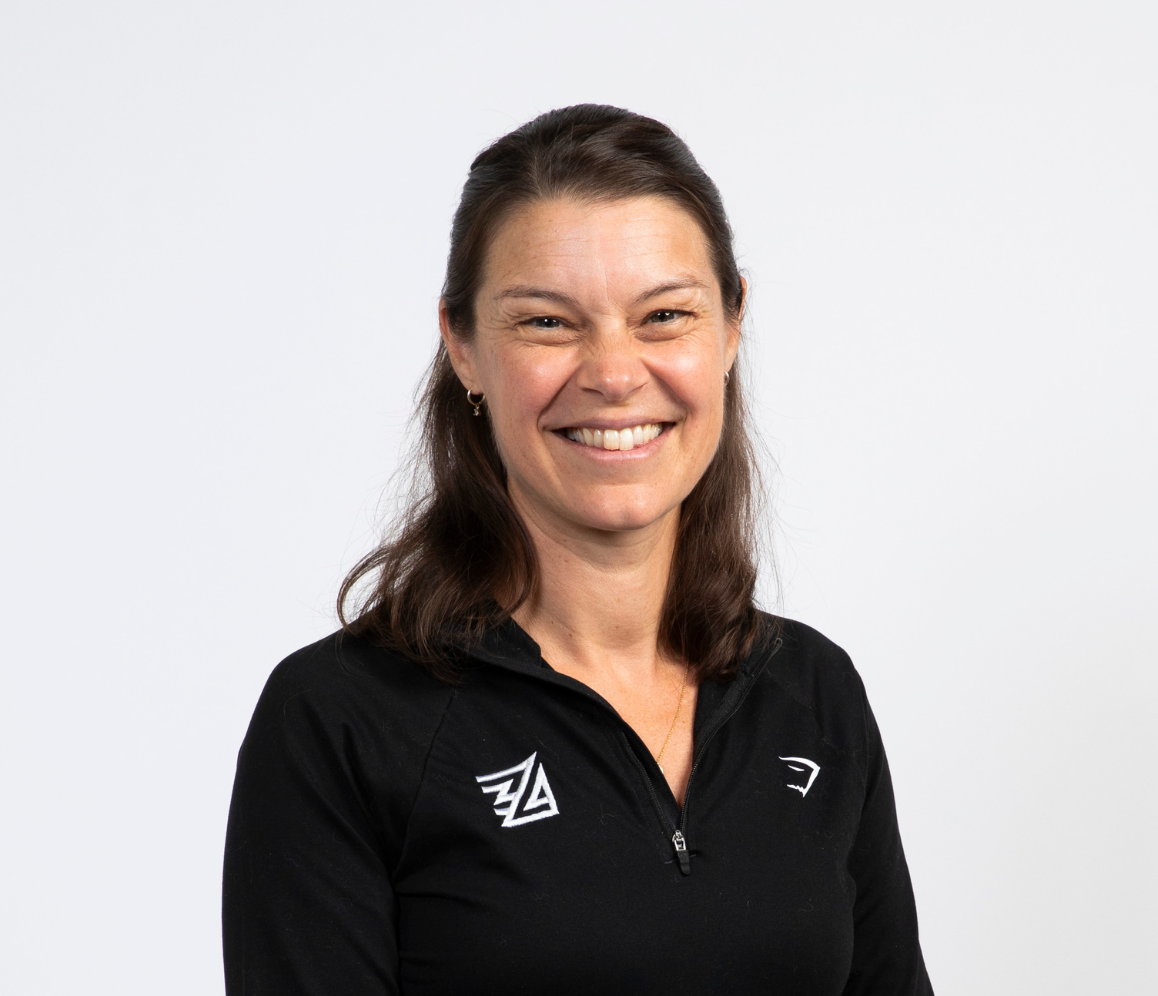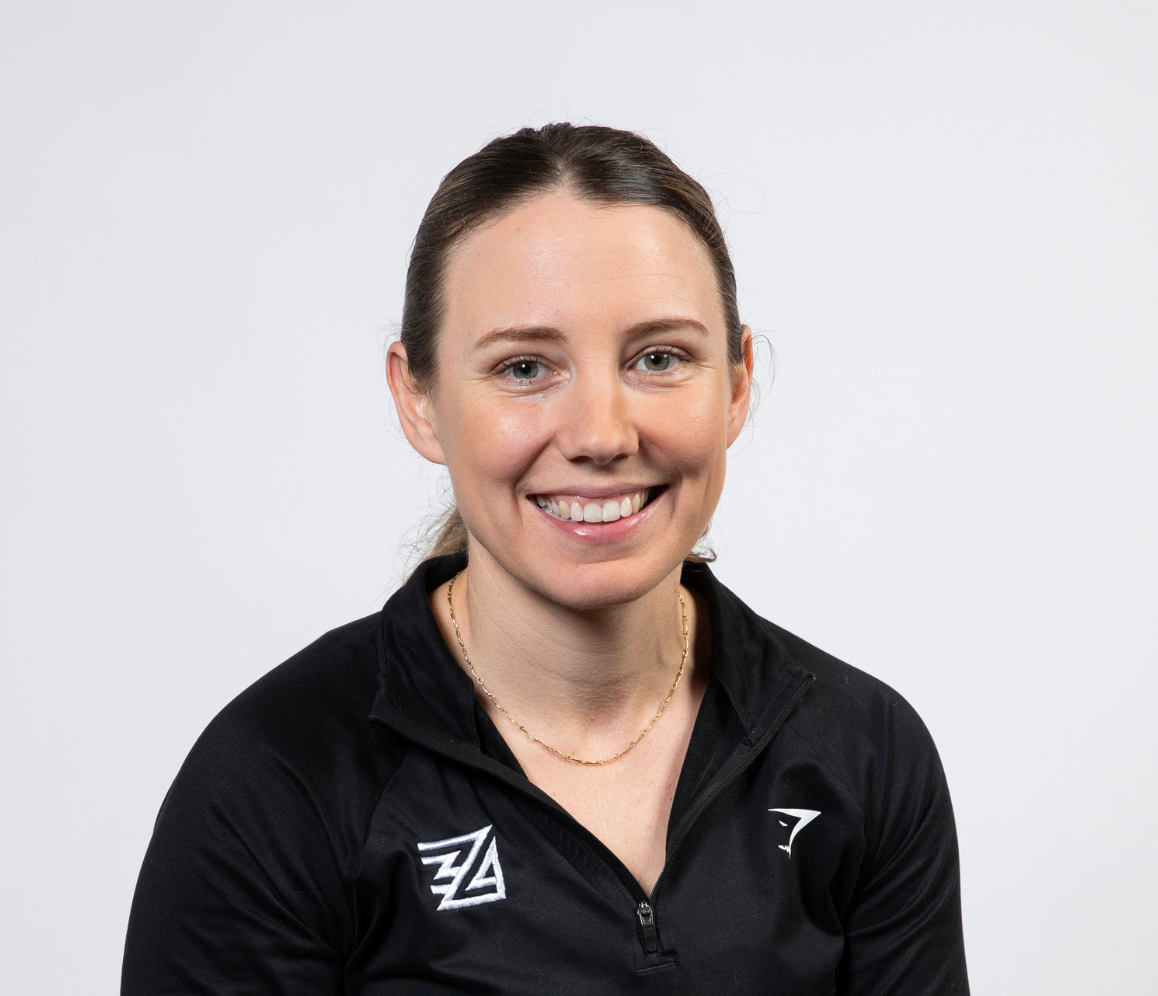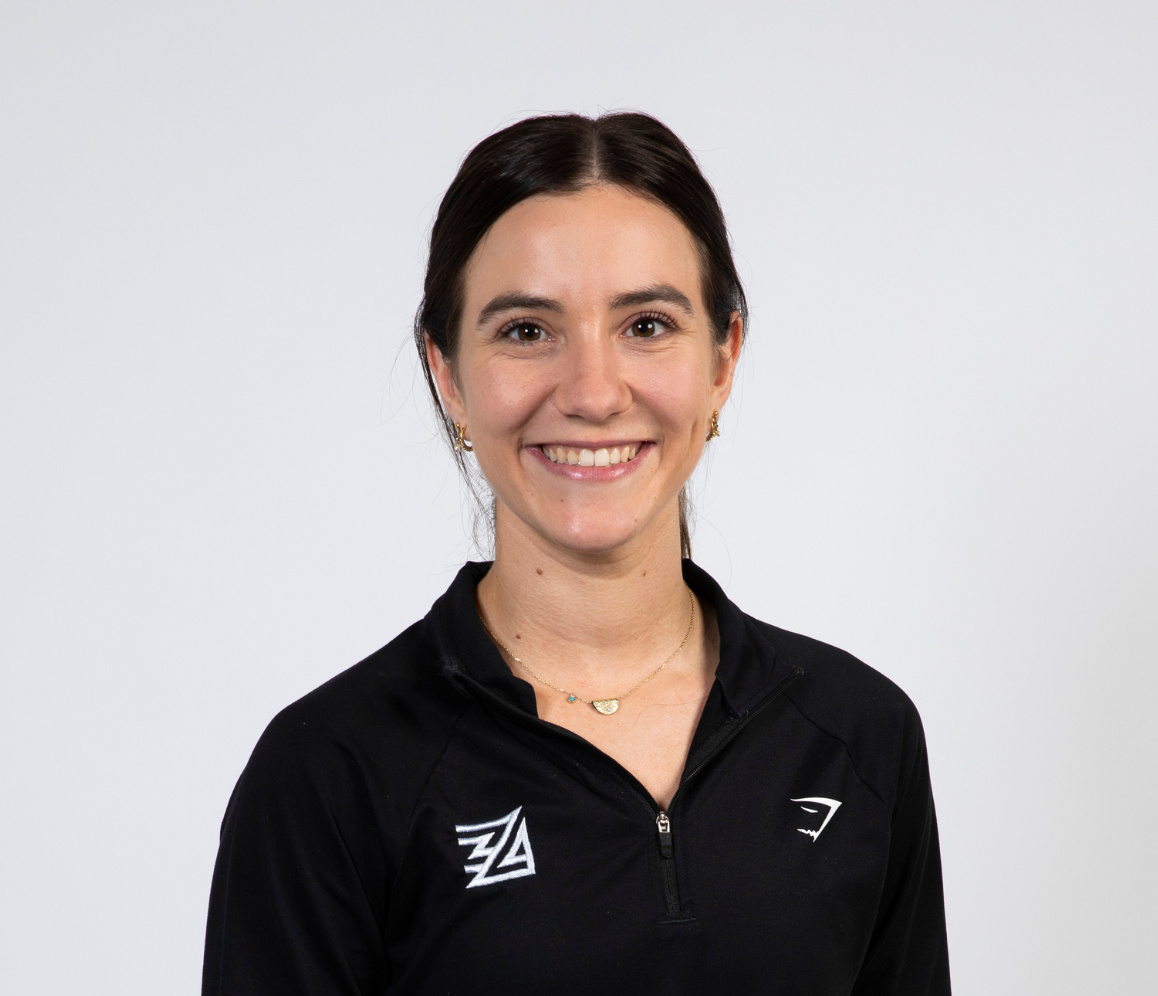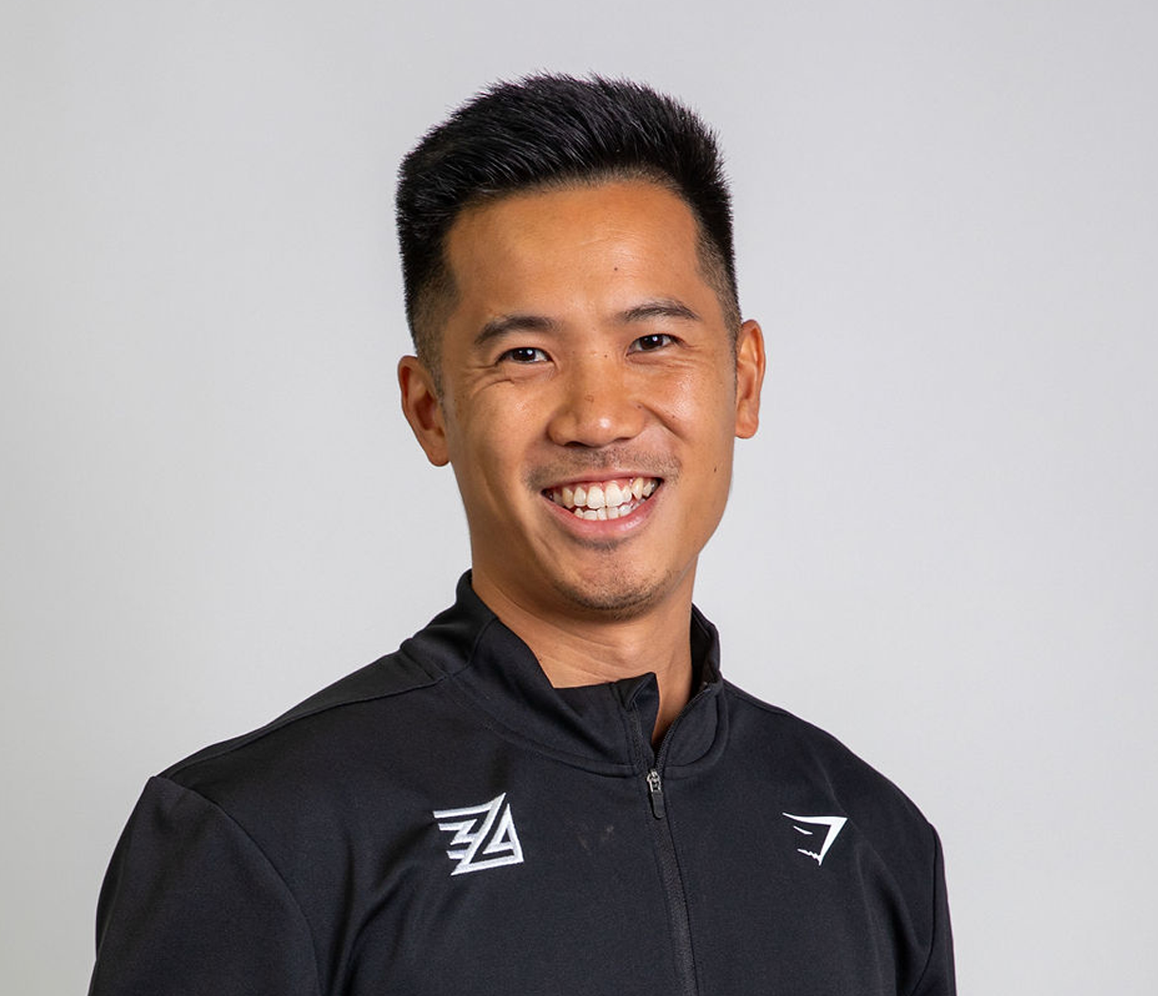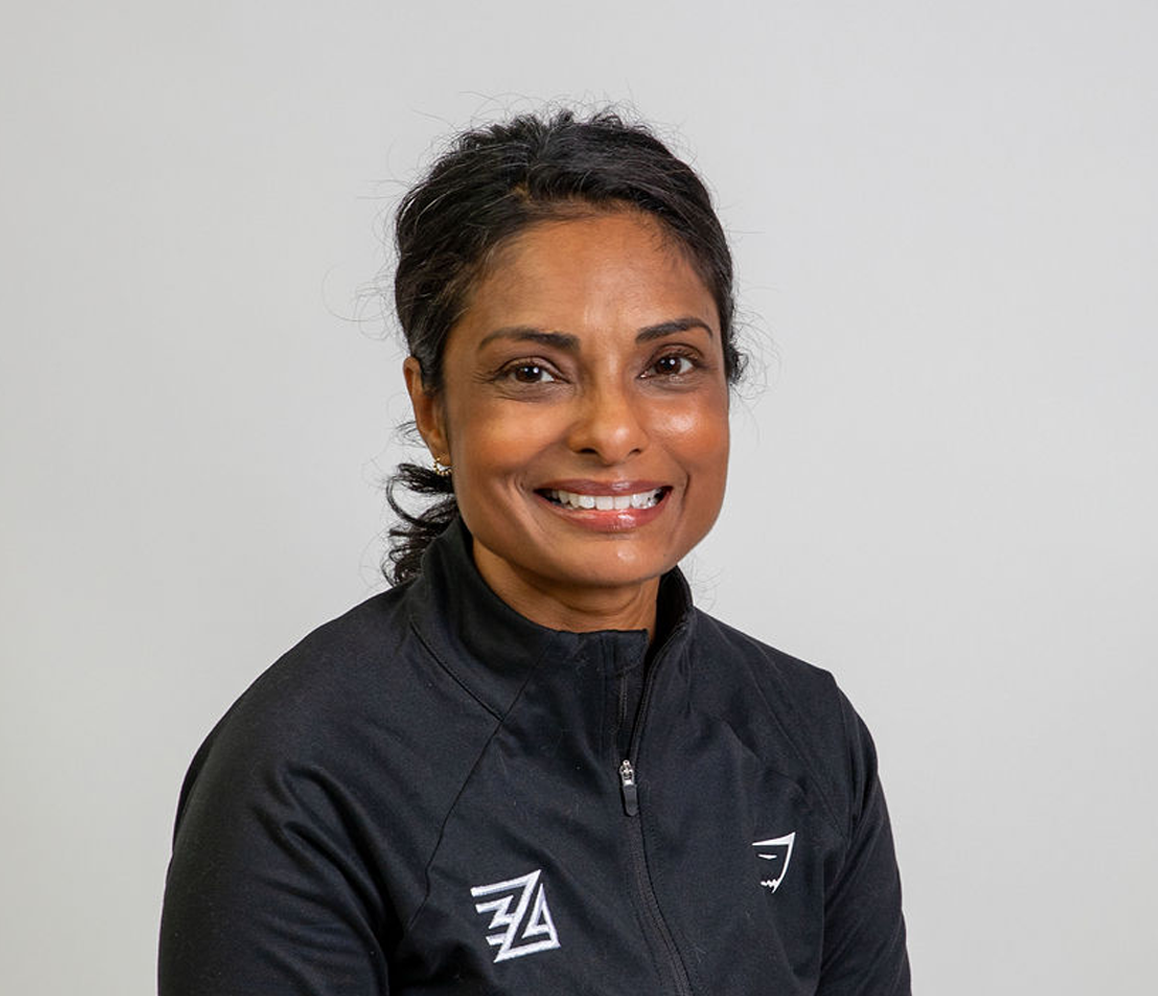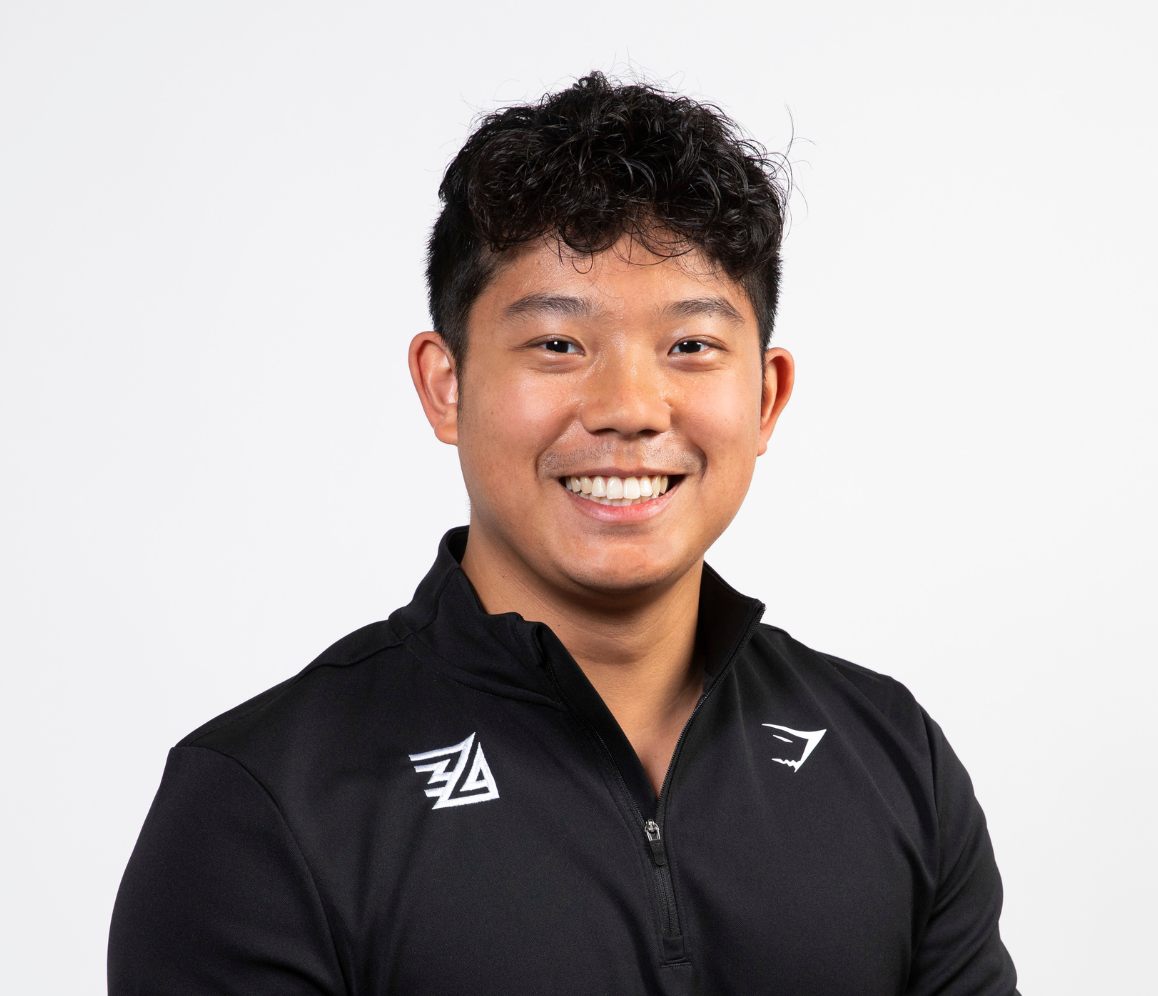Calf muscle strains are a common injury in sports that involve high speed running and acceleration. The two biggest risk factors are being an older athlete or having previously sustained a calf injury.
“SOMEBODY KICKED ME!”
Most acute calf strains involve sudden pain in the posterior lower leg, and a popping or pulling sensation may also be felt. Often athletes will look behind them to see who kicked the back of their leg!
“HOW LONG AM I OUT FOR?”…
The time to return to activity is influenced by the nature, location and grade (Grade 0-3) of the injury. Low grade injuries can return to activity within 2 weeks, whilst high grade injuries will take over 3 months. During the initial assessment our Sports Physiotherapist may use our Diagnostic Ultrasound to confirm the extent of injury.
Time alone should not be used to determine when return to play. It is important to complete a well structured rehab protocol and demonstrate a full recovery through a series of objective tests. Don’t roll the dice and hope for the best!
Z34 CALF REHABILITATION
Phase 1: Acute Management
- Restore normal gait. For grade 3 injuries crutches may be needed initially and shoes with a heel (raise) can assist with walking in the early stages.
- Avoid passive stretching initially.
- Swelling control. Use of our Game Ready and Recovery Boots units.
- Promote early pain free loading.
Phase 2: Regeneration, Strength and Agility
- Calf strength exercises to encourage muscle regeneration. Including both straight knee (gastrocnemius bias) and bent knee (soleus) calf raises is vital.
- As the calf muscle is responsible for loads up to 6 x body weight during running, strength exercises in The Zone gym may include wearing a weight vest, holding kettle bells, or using the reformer and leg press.
- Plyometrics such as skipping rope, jumping, and hopping drills. These should be introduced after regaining both calf strength and rate of force development.
- Off Feet Conditioning. Watt Bike can be used to monitor power output (watts) and ensure symmetry of left vs. right legs.
Phase 3: High Speed Running and Direction Change
- Demonstrate full pain free range (e.g. gastrocnemius stretch, or Knee to Wall Dorsiflexion lunge)
- Demonstrate Triple Extension power production (e.g. pushing off using Glut Max, Quad and Calf in a coordinated manner)
- Regain good endurance on single leg calf raise to fatigue
- Follow Zone 34 Rehab Runs which progress acceleration, high speed, and volume
- Allow recovery between strength and running sessions
- Maintain training loads with off feet conditioning. Watt Bike testing can include 6 sec Peak power, or 3 min Aerobic test.
Phase 4: Return to Training
- Incorporate Reactionary movements. E.g. BlazePod lights, or Auditory Prompts
- Complete sport specific movement patterns and training.
- Consider gradually increasing minutes and intensity at training initially
- Athletes should complete at least 2 full training sessions prior to returning to play. However this will vary depending on level of play, compliance with the rehab program, and individual risk factors.
REHABILITATION RUNS
A thorough rehab run program should include:
- Progressive increases in speed and volume (distance, reps)
- Change in direction
- Acceleration and Deceleration
- Reactionary direction change
ZONE HIGH PERFORMANCE GYM MEMBERSHIPS
Our Zone Gym passes are ideal for anyone who need short term access to gym equipment required to rehabilitate the injury and maintain conditioning. Our Sports Physiotherapists and Exercise Physiologists will prescribe a calf rehab program to follow both under supervision and independently in the Zone gym.
PREVENT ANOTHER STRAIN!
To reduce the likelihood of injury we will compare maximal strength, rate of force development and power production of the left and right legs during the later stages of rehabilitation. This may include:
- Weight Calf Raise (e.g. 5 M, or Reps to Fatigue)
- Hop tests for distance
- Force plates (assessing power production and landing stiffness)
Post return to play we recommend you continue with calf based strength exercises twice a week

